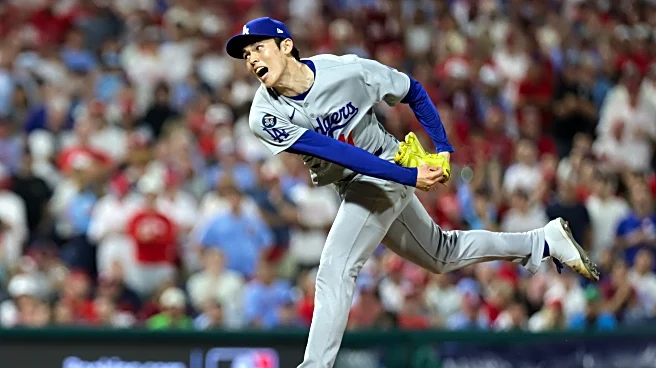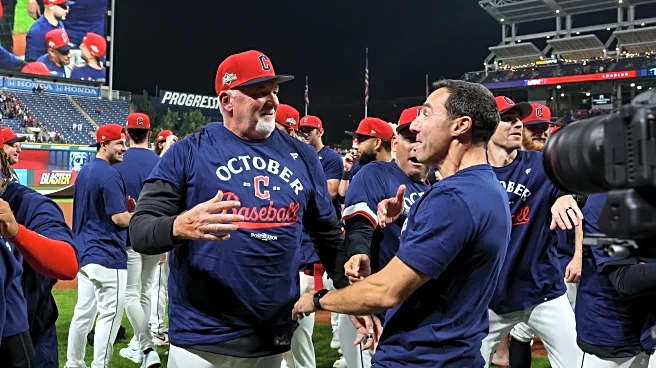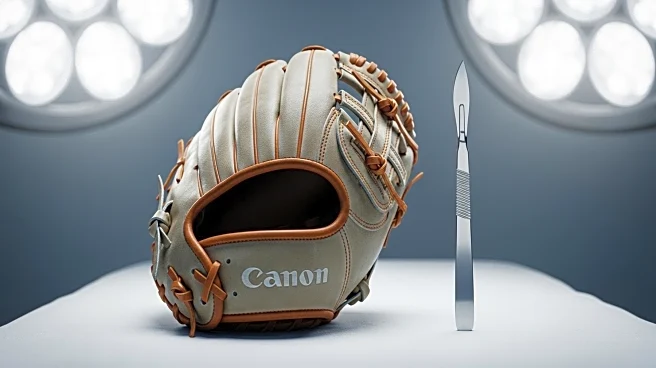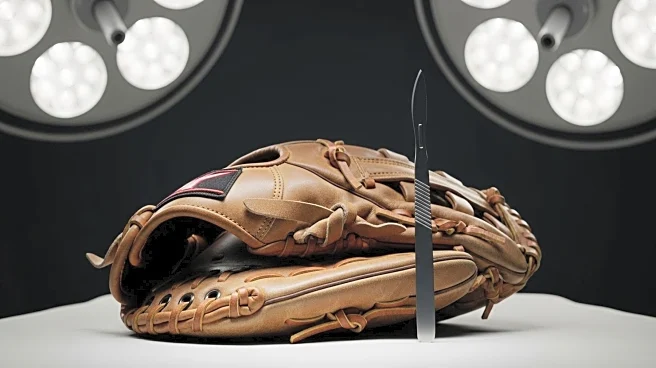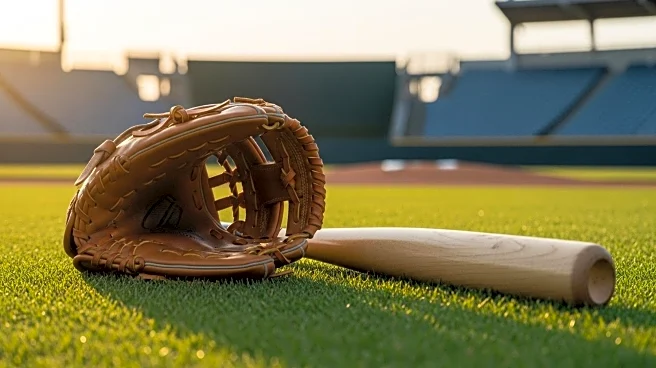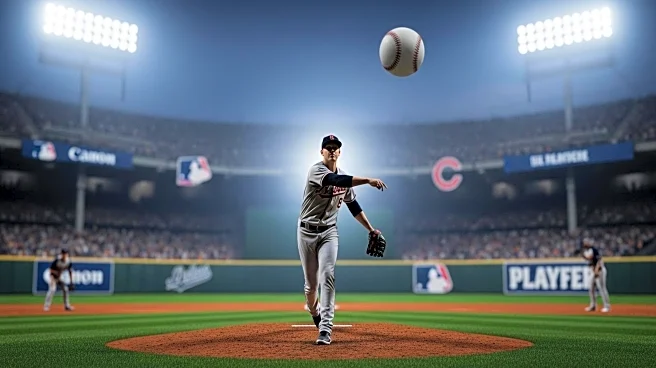What's Happening?
Nic Enright, a right-handed reliever for the Guardians, is set to undergo Tommy John surgery, as reported by Zack Meisel of The Athletic. Enright has been sidelined since early September due to an injury to his pitching arm, and medical evaluations have determined that surgery is the best course of action. This procedure will prevent Enright from pitching in games until the 2027 season. During the current season, Enright maintained a 2.03 ERA and achieved a 30:12 strikeout-to-walk ratio over 31 innings, showcasing his potential as a valuable asset to the Guardians' bullpen.
Why It's Important?
Tommy John surgery is a significant procedure for any pitcher, often requiring a lengthy recovery period that can impact a player's career trajectory. For the Guardians, losing Enright for the entirety of the 2026 season means they will need to adjust their bullpen strategy and potentially seek additional relief pitching options to fill the gap. Enright's absence could affect the team's performance, especially considering his impressive ERA and strikeout-to-walk ratio this season. The surgery also highlights the ongoing challenges pitchers face with arm injuries, emphasizing the importance of medical advancements and rehabilitation in professional sports.
What's Next?
Following the surgery, Enright will enter a rehabilitation phase that typically spans 12 to 18 months. The Guardians will likely monitor his progress closely, with the aim of reintegrating him into the team for the 2027 season. In the meantime, the team may explore trades or free-agent signings to bolster their bullpen. Additionally, Enright's recovery will be crucial for his future career prospects, as successful rehabilitation could restore his pitching capabilities and allow him to continue contributing to the Guardians' success.
Beyond the Headlines
The decision for Enright to undergo Tommy John surgery underscores the physical demands placed on professional athletes, particularly pitchers. This development may prompt discussions within the league about preventative measures and training techniques to reduce the incidence of such injuries. Furthermore, Enright's situation could serve as a case study for sports medicine professionals seeking to improve surgical outcomes and rehabilitation processes for athletes.

